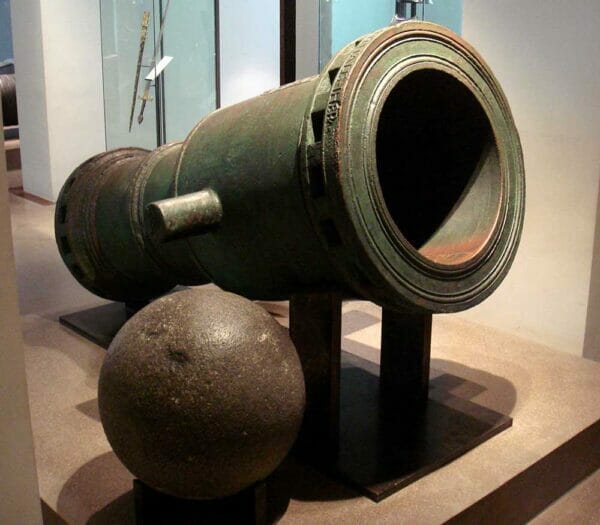
Gunpowder: Alchemy, Bombards, & Pyrotechnics: The History of the Explosive that Changed the World, by Jack Kelly, 261 pages, published by Basic Books in 2004. Available on Amazon in hardcover for as little as $5.49 used or $11.99 on Kindle.
Gunpowder: Alchemy, Bombards, and Pyrotechnics: The History of the Explosive That Changed the World

Gunpowder by Jack Kelly is the best history on the subject this writer has encountered. It is not a “how to” book, although the essentials of how to make black powder are covered in enough detail that one could do so. The book elaborates on the thousands, perhaps hundreds of thousands of persons who died while making black powder over the roughly 800 years of its primacy. “Gunpowder” starts with an examination of the long development of the “fire drug” in China, from about 1050 A.D. to 1230 A.D. During this 180-year period, Chinese “fire drug” producers learned to increase the amount of saltpeter to the optimum amount of about 75% of the total by weight, with 15% softwood charcoal and 10% sulfur. The type of wood used for charcoal is critical to the quality of the gunpowder produced.
The formula for gunpowder was likely transmitted to Europe through the Muslim world. While both Chinese and Muslim cultures had access to the information, it was Europeans who perfected gunpowder to a form that was relatively stable and could be transported across oceans in usable condition. In this form, it was ready to use at a moment’s notice in relatively fast loading, reliable and accurate cannon, and handheld individual weapons.
Gunpowder was used militarily in Europe at least as early as 1326. It was used in the Battle of Crécy in 1346. By the late 1300s, European inventors had created a major improvement, the wrought iron stave and ring cannon known as bombards. Later, in 1451, a European transferred state-of-the-art gun-casting technology to the Muslim empire, which allowed the Turkish Sultan to conquer Constantinople.

Kelly is eminently readable and highly informative. The book is not an academic paper. It does not use footnotes. At the back of ‘Gunpowder: Alchemy, Bombards, and Pyrotechnics,‘ there are seven pages explaining the sources (p. 243-250) used in each chapter of the book, with a synopsis of what is covered in each source.
Kelly gives a good summation of the rise of firearms in Japan and their suppression by the Shoguns. He explains the enormous advantages corned gunpowder gave to Europeans, the transition from matchlock to flintlock, with an explanation of why the wheel-lock eventually was superseded. He writes of the curious lull in firearms advancement from 1650 to 1800. He explains the industrialization of firearms production. He includes the rise of Samuel Colt and his revolvers with fascinating details. The history of gunpowder is interwoven with the history of warfare. There is a beautiful section on the 250-year history of using smoothbore, muzzleloading cannon on ships.
In Gunpowder, you will find fascinating nuggets of information. During the Civil War in the United States, a Dupont was sent to England very early to corral the supply of saltpeter from India. He purchased years worth of output, locking the Confederacy out of the market. Later, as the price of saltpeter from India skyrocketed, the Duponts developed a method to convert sodium nitrate to potassium nitrate, breaking the India (controlled by the British) lock on the market.
There are a few instances where Kelly [or maybe his editors] seems to have lapsed into political correctness. His description of the Atlantic slave trade places the effect entirely on Europeans. He never mentions the Islamic slave trade, which lasted longer and was more destructive to the victims. He implies life would have been better without the European trade. An equally plausible hypothesis is the victims sold as slaves would have been killed in inter-tribal warfare or served as slaves in Africa.
Gunpowder by Kelly is well worth reading for those interested in the history of technology, warfare, and firearms.
About Dean Weingarten:
Dean Weingarten has been a peace officer, a military officer, was on the University of Wisconsin Pistol Team for four years, and was first certified to teach firearms safety in 1973. He taught the Arizona concealed carry course for fifteen years until the goal of Constitutional Carry was attained. He has degrees in meteorology and mining engineering and retired from the Department of Defense after a 30 year career in Army Research, Development, Testing, and Evaluation.

from https://ift.tt/d7Pjo2e
via IFTTT

No comments:
Post a Comment